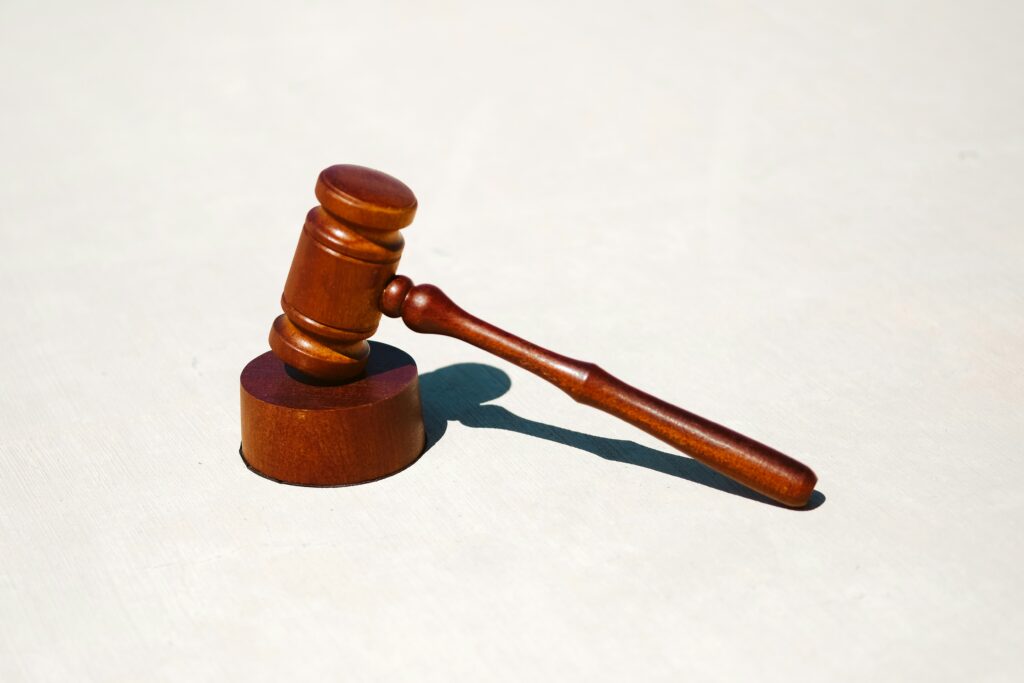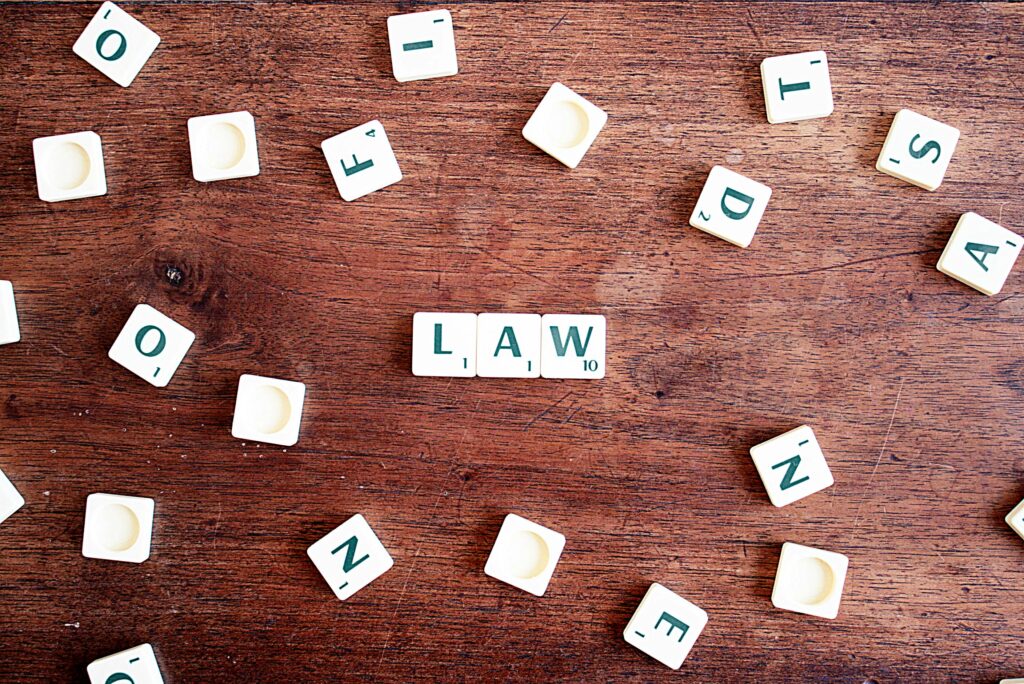Published On: 2nd October, 2024
Authored By: Pranjal Sahay
Bharati Vidyapeeth University
FACTS OF THE CASE
The matter in question arose out of a petition filed under Article 32 of the Constitution in the Supreme Court of India. The summons were filed against the Kerala government, the Travancore Devaswom Board, the Chief Thantri of the Sabarimala Temple, and the District Magistrate of Pathanamthitta.
Lord Ayyappa was said to be born out of the union of Lord Shiva and Lord Vishnu (Mohini Roop). It was said that he instructed King Rajasekara to follow a methodology for worshipping called “Vratham”.
Vratham is a form of penance that the devotee of the Lord Ayyappa has to undergo for 41 days. It entails many things, like abstaining from physical relations with one’s spouse, cooking one’s own food, walking barefoot, living in isolation from the rest of the family, etc.
The primary issue of the case was that women aged between 10-50 were not allowed to enter the temple and worship Lord Ayyappa as it was believed that women could not maintain purity for 41 days as per the Vratham as they had to undergo a menstrual cycle. He was brahmachari diety and it was said that the entry of women can disturb the celibacy of the Lord. It was the root cause of the writ petition.
This exclusion was justified by ancient custom, which was legitimized by Rule 3(b) of the KHPW Act.
Earlier, the Kerala High Court held that the prohibition of entry of women into the temple was not unconstitutional.
Later on, a group of five women lawyers filed a writ petition against the decision of the High Court.
LEGAL ISSUES
- Is the exclusionary practice of preventing women from entering the temple premises contrary to Articles 14, 15, and 17 of the Constitution and not protected by the provisions of Articles 25 and 26 of the Constitution?
- Is the exclusion of women from entry a part of “essential religious practice” within the meaning of Article 25?
- Is a religious institution justified and has the right to impose such a prohibitive restriction in light of the right of management conferred by Article 26 of the Constitution?
- Is the Sabarimala temple religious in nature?
- If rule 3 (b) of the Kerala Hindu Places of Public Worship (Permission of Entry) Act, 1965 allows a declared “religious congregation” to impose such a ban exclusively on women aged 10 to 50 years, and if so, is that valid position regarding the constitutional mandates of articles 14 and 15 point 3 of the Constitution?
ARGUMENTS OF THE PARTIES
PETITIONER
They argued that the said act violates Articles 14,15 and 17. Also, Articles 25 and 26 need to be taken into consideration.
Article 14 was violated as the prohibition does not provide intelligible differential and lacked a rational nexus with the object of preventing diety from being polluted.
Article 15 was violated as it was said that no person shall be discriminated against on the basis of race, caste , sex, or place of birth.
Article 17 was violated as it prohibits any form of untouchability and here the discrimination was done on the grounds of the menstrual cycle to women.
The petitioner cited the failure to meet the threshold of essential religious practice established in the matter of The Commissioner of Police and Ors. vs. Acharya Jagdishwarananda under Article 25.
The petitioner on citing the case of S.P. Mittal Etc. Etc. vs. Union of India and Ors. (1982) said that the temple is not a religious denomination and practice should be carried out in a similar way as done in Hindu temples.
The other law, the Kerala Hindu Places of Public Worship Act, 1965, was found to be in violation of articles 14, 15, and 25 as it imposed restrictions on women entering temples.
RESPONDENT
The respondent denied the arguments presented by the petitioners and said that the prohibition is not violative of Articles 14, 15, and 17.
It is said that the prohibition made is to maintain the celibacy and purity of the diety. It is also important so that Vratham can be followed in the correct way.
It was said that there was a rational nexus with the prohibition of the act.
The respondent also said that the Sabarimala Temple is a religious denomination because the devotees of Lord Ayyappa have to follow certain sacred practices which are different from the practices of others who are essentially Hindu.
Also argued that section 3 (b) of the Kerala Hindu Places of Worship (Authorisation of Entry) Rules, 1965, is not unconstitutional as it does not impose a complete ban but a ban only for 60 days and therefore it doesn’t violate Articles 14, 15 and 17 of the Constitution.
HOLDINGS
The judgement was given in the favour of petitioner.
It was held that the temple was not a religious denomination and such restrictions violated Articles 14, 15, and 17.
Therefore, with a ratio of 5:1 concluded their judgement in favor of the petition and allowed the entry of women into the temple.
REASONING
It was said that the devotion cannot be subjected to gender discrimination. Therefore, the final outcome resulted in removing the prohibition and allowing women to enter the Sabarimala Temple.
Obiter Dicta is a Latin phrase which means what is said in passing. It is not an essential part of the judgment.
In the respective case, it was said that “the attribute of devotion to divinity cannot be subjected to the rigidity and stereotypes of gender.”
While passing the judgment the bench made a remark that devotion is not subjected to gender but is an inner feeling of individuals.
CONCLUSION
In accordance with the above details, it can be concluded that nobody should be deprived of practicing religious activities and be discriminated against on the basis of gender to carry forward such activities.
The judgement provided justice to the women and allowed entry into the temple.
Hence, it can be said that freedom to practice is a fundamental right which should not be curtailed.




